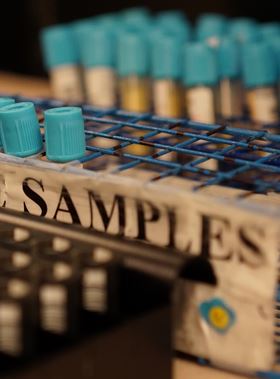Accessibility
The "two-step floating catchment area" (2SFCA) method is used to analyze the potential accessibility to oral cancer and dysplasia screening locations, while a measure of the Vancouver Area Neighbourhood Deprivation Index (VANDIX) was compiled to determine SES. Dental office locations were also counted and used to determine their correlations to the VANDIX based SES indicators.
A potential spatial analysis was conducted using the 2SFCA method, which measures accessibility based on the availability of physicians at each oral biopsy location and population demand across the GVRD at dissemination area (DA) level. This method assumes populations have access to multiple physicians within the threshold travel distance of 10 miles. In addition, the temporal-spatial relationship of change was observed between OBS data from 2007 and 2014.
Socio-economics
Socio-economic status is determined by a standardized mixture of variables by using similar past research as a guide for the development of the Vancouver Area Neighbourhood Deprivation Index (VANDIX).
Survey results (Table 1) from a previous study (Bell et al, 2007) are used to weigh our variables as opinions are not likely to have changed as much in less than a decade since it was taken. In addition, the data collected is at a higher spatial resolution; dissemination area rather than census tracts.

Table 1. Census indicator for socio-economic status with weights.




